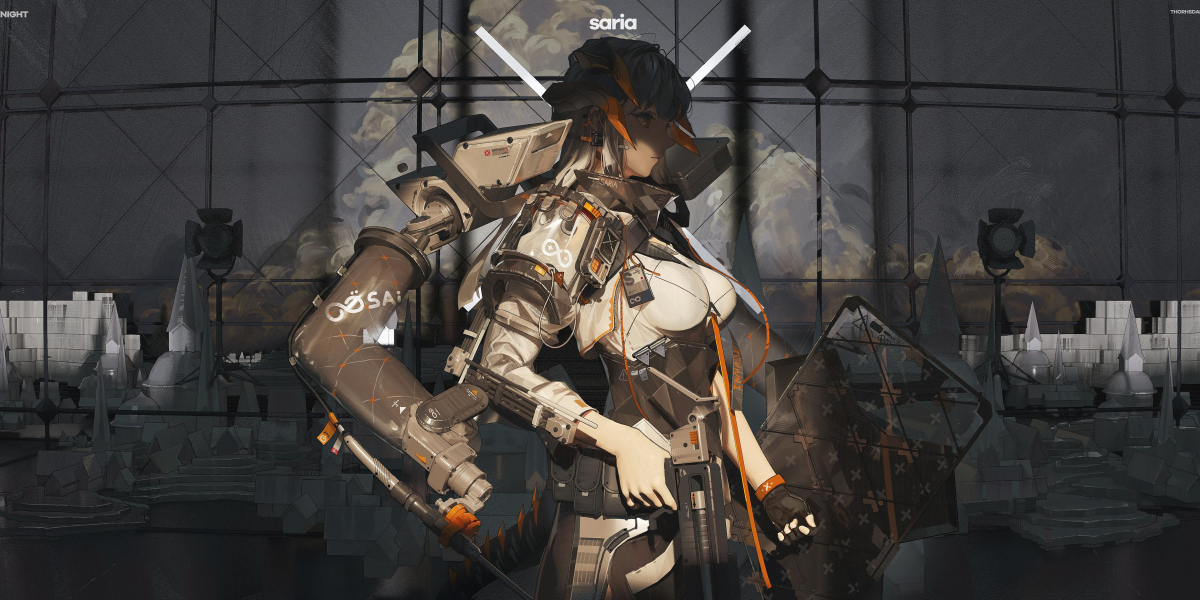3D printing has revolutionized manufacturing and prototyping, offering unparalleled flexibility and creativity. However, achieving optimal results can be challenging, especially when using ABS material. This article provides insights into streamlining your 3D prints with ABS material to enhance efficiency and quality.

Understanding ABS Material
ABS, or Acrylonitrile Butadiene Styrene, is a popular thermoplastic known for its strength and durability. It is widely used in various applications, from automotive parts to consumer products. But why is it essential to focus on streamlining your 3D prints with ABS material? The answer lies in its unique properties, which can be optimized for better performance.
1. Optimize Print Settings
One of the first steps in streamlining your 3D prints with ABS material is to adjust your printer settings. Consider the following:
- Temperature: Set the nozzle temperature between 220°C and 250°C for optimal extrusion.
- Print Speed: Slower speeds often yield better layer adhesion and surface finish.
- Layer Height: A layer height of 0.1 to 0.2 mm can enhance detail while maintaining strength.
2. Use a Heated Bed
Utilizing a heated bed is crucial when working with ABS. This feature helps prevent warping, a common issue with this material. By maintaining a bed temperature of around 100°C, you can significantly improve adhesion and reduce the likelihood of print failure.
3. Implement Proper Ventilation
While printing with ABS, it is essential to ensure adequate ventilation. The fumes released during the printing process can be harmful. Therefore, consider using an enclosure or a well-ventilated workspace to protect your health while achieving high-quality prints.
4. Experiment with Support Structures
Support structures can be a double-edged sword. While they are necessary for complex designs, they can also complicate the post-processing phase. When streamlining your 3D prints with ABS material, experiment with different support types and densities to find the right balance between stability and ease of removal.
5. Post-Processing Techniques
Finally, don’t overlook the importance of post-processing. Techniques such as sanding, acetone vapor smoothing, and painting can significantly enhance the final appearance of your prints. These methods not only improve aesthetics but also contribute to the overall durability of the finished product.
For more detailed guidance on achieving success with ABS 3D printing, consider visiting this  . This resource provides additional insights that can further assist you in streamlining your 3D prints with ABS material.
. This resource provides additional insights that can further assist you in streamlining your 3D prints with ABS material.
Conclusion
In conclusion, streamlining your 3D prints with ABS material involves a combination of optimizing settings, using the right tools, and applying effective post-processing techniques. By implementing these tips, you can enhance the efficiency and quality of your 3D printing projects, leading to better results and greater satisfaction.








